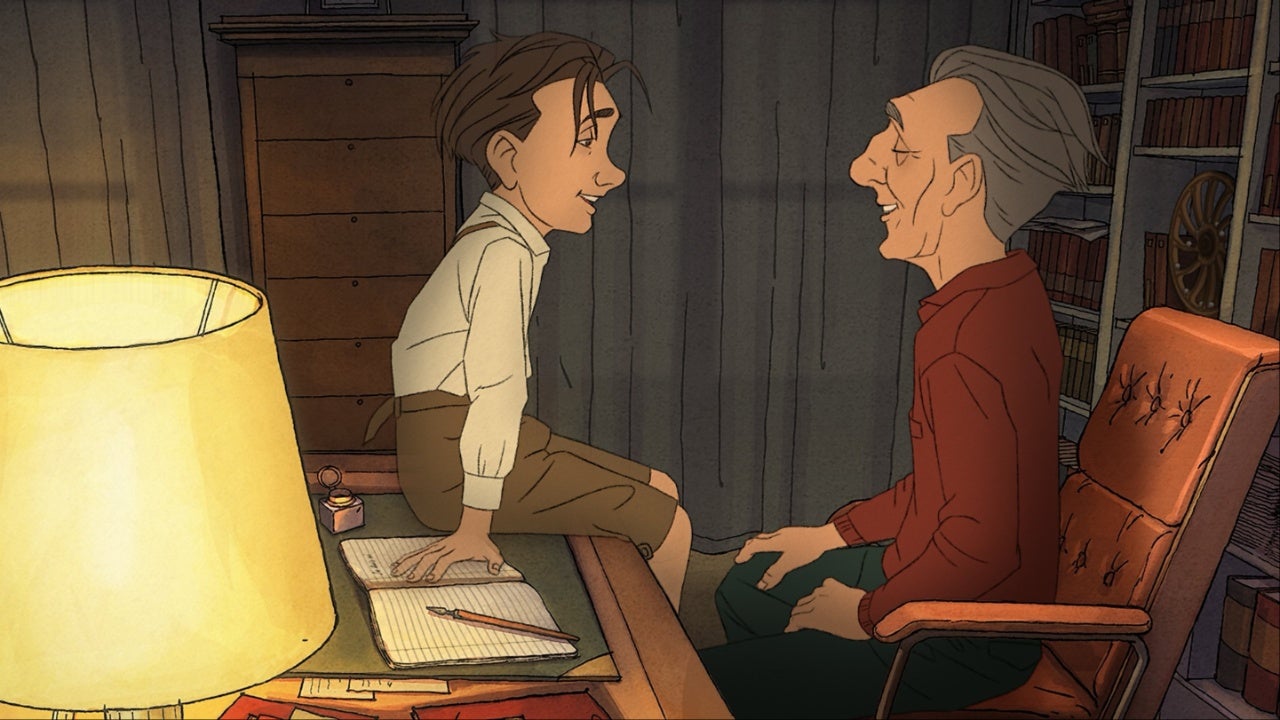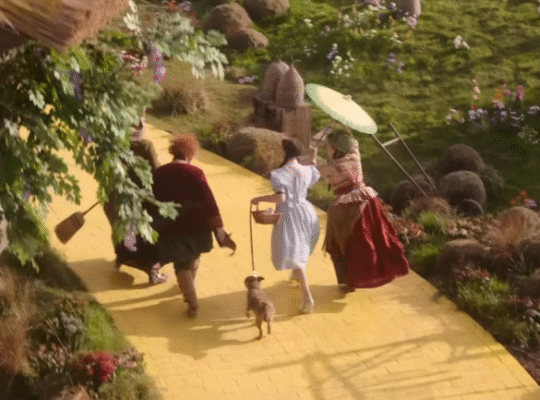
A Magnificent Life will open in theaters at a date TBD. This review is based on a screening at the 2025 Cannes Film Festival.
Despite clocking in at a mere 90 minutes, the animated biopic A Magnificent Life captures a lifetime of personal and artistic struggles. Its story of French playwright and film innovator Marcel Pagnol bucks convention not only by taking delightful, hand-drawn form but by producing a pitch-perfect marriage between filmmaker and subject. It’s as much about its director, four-time Oscar nominee Sylvain Chomet, as it is Pagnol – two kindred spirits cutting a winding path back and forth across the decades.
Chomet’s thoughtful framing device introduces us to a 60-year-old Pagnol in 1955, hastily attempting to write an autobiographical essay whose deadline has long passed. Throughout A Magnificent Life, Pagnol is plagued by a challenge familiar to great artists and ordinary people alike: figuring out what he has to say. Fortunately, there’s another great artist in the director’s chair here. The plot Chomet comes up with feels like his own, satisfying answer to this dilemma, which initially takes shape as Pagnol speaking to a ghostly vision of his younger self.
As both Chomet and Pagnol search for ways to fit a rich portrait of a life into a relatively small frame, the young Marcel takes us back to the early 20th century. After the death of his mother, Pagnol leaves his rural hometown near Marseille to pursue his creative dreams in Paris. Chomet shows the bustling metropolis testing both his subject’s artistic mettle and his ability to stay true to his cultural roots, a tug-of-war that takes shape in dialogue about the bumbling hayseed caricatures in Pagnol’s plays retaining or losing their native Marseille accents. At times, Pagnol struggles with his accent too, while trying to fit in with the city’s artistic upper crust.
This might not mean much to non-French speakers, or those unfamiliar with regional French dialects, but the distinction is part of what makes A Magnificent Life unique. Some movies teach you how to watch them, but this one teaches you how to listen to it: Enough of the dialogue focuses on the specific nuances of how people in France speak – for instance, the “springiness” of the Marseille dialect – that your ear might eventually pick up on them. The difference can be heard in the English dub, too, where the Parisian characters speak with posh London accents, while characters from Marseille speak with a more sing-song, Welsh tonality. But even this localization seemingly has some consideration behind it: In the 1980s, Chomet moved from the French suburbs to London to start his animation career. It might be a small thing, but it makes the director’s personal connection to his tale of a transplanted artist even more apparent.
Pagnol’s story makes for a perfect mirror to Chomet’s: The former sought reality and emotional truth through exaggerations of speech and behavior, while the latter does so by exaggerating bodies and gestures. Chomet is perhaps best known for his dazzling 2003 animated feature The Triplets of Belleville, which established his signature, distorted sendups of the human form (including secret agents that would eventually influence the look of the Kingpin in Spider-Man: Into the Spider-Verse). A Magnificent Life is composed of incredibly detailed backdrops painted with light and shadow, a true-to-life environment populated by larger-than-life characters with distinctly-shaped noses – Pagnol’s profile, for instance, is immediately recognizable – and wide, expressive eyes that betray a deep exhaustion and longing. Various locations within the film draw on the imagery of magazines and political cartoons from the time period, and footage from Pagnol’s live-action films play for eager animated audiences – brilliant traces of an unfamiliar world (and unfamiliar proportions) bleeding into the frame.
This contrast yields an intriguing magical realism at times, like when Pagnol reads letters from his late mother – a force of encouragement, long missing from his daily life – and imagines her physical presence within the paper. A Magnificent Life exists along the border separating fact from fiction and Chomet’s life from Pagnol’s, a line as fragile as the one the movie walks by imagining Marcel as the unseen hand behind coincidental, perhaps even fated meetings that influence his older self’s success. The impish, Peter Pan-like figure’s significance diminishes as A Magnificent Life goes on; dismissing this glowing metaphor for pure artistry as a product of naivete is its one major slip-up. Fortunately, none of that detracts from the deeply imaginative and incandescent way Chomet has captured the enduring quest for inspiration.












